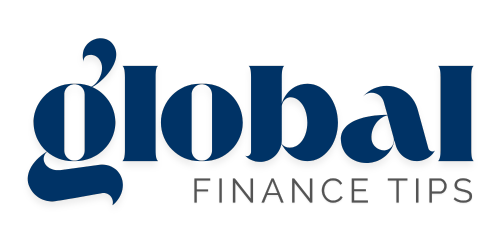Want to build an online business but don’t know where to start? You’re not alone. Every year, thousands of people in the U.S. try to launch their digital hustle — some succeed, many give up. The truth? Starting an online business is totally doable in 2025, even if you’ve got no budget and no clue. But you need the right roadmap.
This guide breaks down the entire process into digestible steps — no fluff, no MBA jargon. Just real talk, actionable tips, and a dose of motivation for young hustlers ready to get started.
🔥 Why Online Businesses Are the Move in 2025
- Remote work is now the norm
- Low startup costs (sometimes even zero)
- Unlimited reach — your market is the whole world
- You can scale fast with the right tools
Now let’s get into it, step by step.
Step 1: Find Your Niche (a.k.a. Your Digital Playground)
This is where most people mess up. They either pick something too broad (like “fitness”) or something they don’t really care about. Your niche should live at the intersection of:
- What you love
- What you’re good at
- What people pay for
Ask yourself:
- What do I talk about non-stop?
- What problems do I know how to solve?
- Who would benefit from that solution?
Popular niches in 2025:
- AI tools for small businesses
- Remote productivity hacks
- Online fitness coaching
- Personal finance for Gen Z
- Digital marketing for local businesses
Step 2: Validate Your Idea (Before You Waste Time)
Here’s the cheat code: validate before building.
How? Run a poll on Reddit. Ask a Facebook group. Create a landing page with a sign-up form. Use Google Trends and AnswerThePublic to see what people are searching for.
If no one’s interested, pivot early. Don’t fall in love with your idea — fall in love with the *problem* you’re solving.
Step 3: Choose a Business Model
You don’t need to reinvent the wheel. Here are proven models:
- Affiliate Marketing: Promote other people’s products, earn commission.
- Dropshipping: Sell physical products without holding inventory.
- Digital Products: eBooks, templates, courses.
- Coaching/Consulting: Get paid for your brain.
- Membership Sites: Charge for access to premium content or community.
Pick one that matches your niche and skill set.
Step 4: Build a Simple Website
You don’t need a $5,000 designer. Just grab a domain, use WordPress or Webflow, and get a clean theme. Focus on three key pages:
- Home — what you do, who it’s for, and how it helps
- About — your story and why you’re legit
- Offer — product or service with a clear CTA
Tools you’ll love: Namecheap (domain), Bluehost (hosting), Elementor (design), Notion (planning), MailerLite (email).
Step 5: Create Content That Hits
Content = traffic. Period. Start blogging, recording reels, tweeting threads, or dropping newsletters — whatever suits you. Your goal: build trust + showcase expertise.
Focus on:
- Answering your audience’s biggest questions
- Showing real results or transformation
- Being human — people buy from people
Hot tip: Use SEO-friendly headlines like “How to Save $1,000 in 30 Days” or “Best Free AI Tools for Creators.”
Step 6: Get Your First 10 Customers
Launch to a small audience. DM your network. Offer free trials or beta versions. Go live on TikTok. Post in communities like Indie Hackers, Discord servers, or Twitter spaces.
Getting your first 10 customers is about hustle, not ads.
Step 7: Automate & Scale
Once you’re seeing traction, systematize:
- Use Zapier to connect tools
- Set up email funnels
- Batch content creation
- Outsource design or admin work on Fiverr or Upwork
Then start running small paid campaigns to test scalability.
Bonus: Mindset of a Digital Entrepreneur
This part no one talks about, but it matters. You’ll need grit, patience, and a learning obsession.
Here’s the mindset checklist:
- Done is better than perfect
- Consistency beats talent
- Test fast, fail fast, learn faster
- Celebrate small wins
- Ignore the haters, stay focused
Real Case Study: From Side Hustle to $100K Business
Meet Jake, 25, from Arizona. He started a digital product store selling Notion templates for freelancers. Total cost: $19 for a domain. First year revenue: $112,000.
His formula?
- Niche audience (freelancers)
- Product with real value (time-saving templates)
- Consistent content on Twitter + Gumroad
He never ran an ad. Just audience-first strategy + quality product.
Final Thoughts
Building an online business isn’t “easy”… but it’s simpler than ever. If you take consistent action, stay curious, and treat your audience like humans (not dollar signs), you’ll win.
2025 is wide open for the next generation of creators, solopreneurs, and bootstrappers. So whether you’re 18 or 35, broke or ballin’, this is your sign.
Start today. Your future self will thank you.
💡 Want more content like this? Check out our guides on building credit and top financial tools for 2025.

